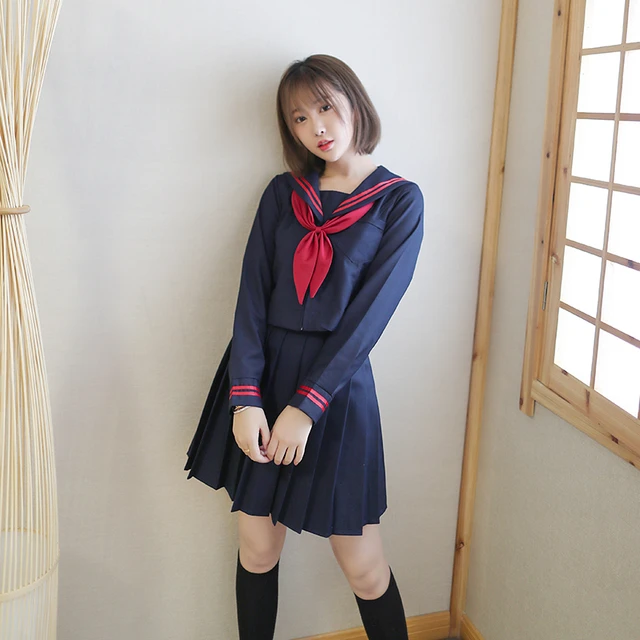Contents
- 1 Introduction:
- 2 History of Japanese School Uniforms
- 3 Common Features of Japanese School Uniforms
- 4 Variations in Design
- 5 Cultural Significance of Japanese School Uniforms
- 6 Influence on Fashion and Popular Culture
- 7 Japanese school uniforms, traditional Chinese clothing, and Korean fashion:
- 8 To properly care for and maintain Japanese school uniform:
- 9 Conclusion:
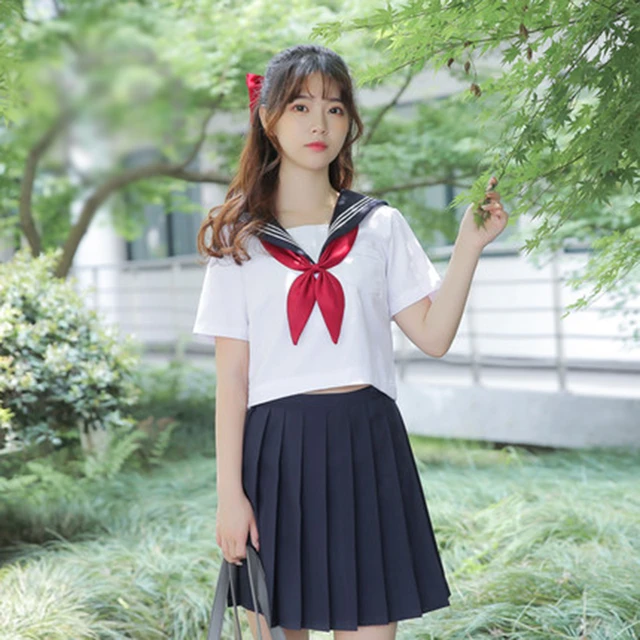 Introduction:
Introduction:
Japanese school uniforms are known for their distinct style and cultural significance. They play a significant role in Japanese society, representing discipline, tradition, and a sense of identity. In this comprehensive guide, we will explore Japanese school uniforms, including their history, common features, variations in design, cultural significance, and influences on fashion. By understanding these aspects, we can gain insights into the importance and impact of Japanese school uniforms in the educational system and society.
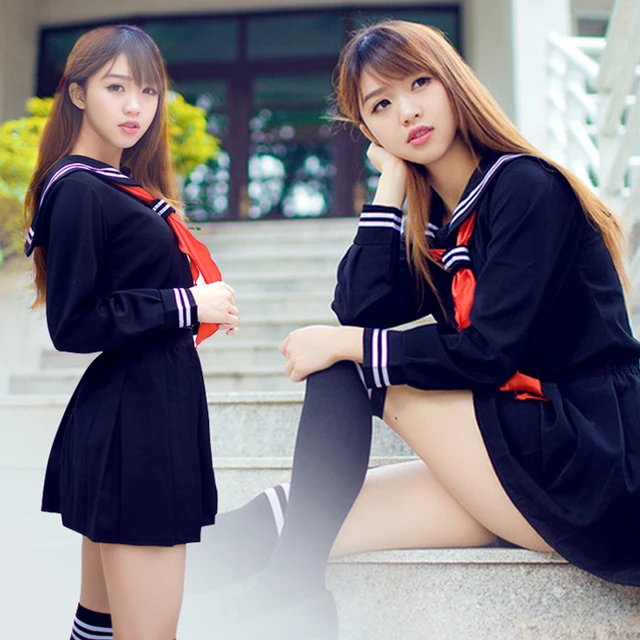 History of Japanese School Uniforms
History of Japanese School Uniforms
Introduction of Western-Style Uniforms:
Japanese school uniforms were introduced during the Meiji period (1868-1912) when Japan began to modernize and adopt Western culture.
Western-style military uniforms and sailor suits influenced the early designs.
Evolution of Uniform Styles:
Japanese school uniforms evolved over the years, influenced by various factors such as military uniforms, social trends, and educational reforms.
Changes in design reflected societal shifts and educational philosophies.
Common Features of Japanese School Uniforms
Sailor-Style Uniforms:
Sailor-style uniforms, known as “sailor fuku,” are one of the most iconic and widely recognized types of Japanese school uniforms.
They feature a sailor collar, pleated skirts for girls, and a matching top with button accents.
Blazer-Style Uniforms:
Blazer-style uniforms are another popular type of Japanese school uniform, typically consisting of a tailored blazer, dress trousers or skirts, and a shirt or blouse.
Blazer uniforms are more common in high schools and are considered more formal than sailor-style uniforms.
Variations in Design
Gender-Specific Designs:
Japanese school uniforms often have gender-specific design elements to distinguish between male and female students.
Girls’ uniforms typically feature skirts or dresses, while boys’ uniforms include trousers or shorts.
School-Specific Variations:
While there are general design standards, individual schools have the flexibility to incorporate unique elements into their uniforms.
These variations can include distinctive colors, logos, or additional accessories.
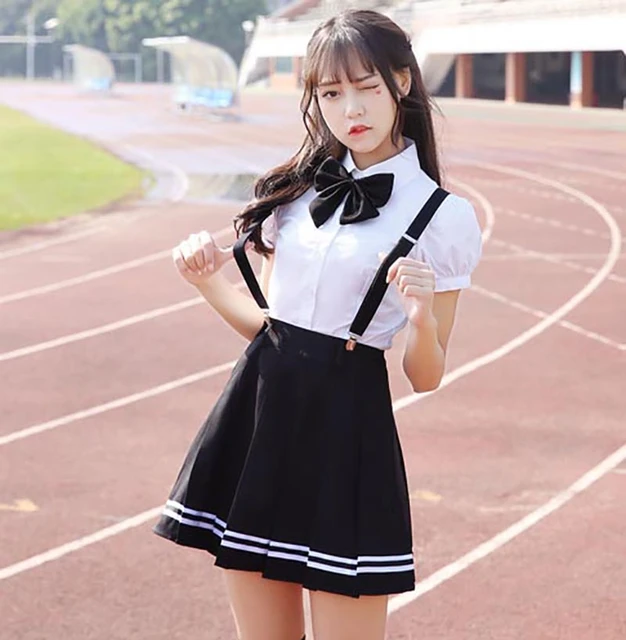 Cultural Significance of Japanese School Uniforms
Cultural Significance of Japanese School Uniforms
Sense of Identity and Belonging:
Wearing a school uniform fosters a sense of belonging and unity among students, creating a shared identity within the school community.
Discipline and Equality:
School uniforms promote a sense of discipline and equality, as they eliminate visible differences in socioeconomic backgrounds or fashion choices.
They create a level playing field, emphasizing education and personal growth over outward appearance.
Respect and Tradition:
Japanese school uniforms reflect the values of respect and tradition deeply ingrained in Japanese culture.
Uniforms symbolize respect for school rules, educators, and the overall learning environment.
Influence on Fashion and Popular Culture
Fashion Trends:
Japanese school uniforms have influenced popular fashion trends, both domestically and internationally.
Elements of school uniform designs can be seen in various subcultures, such as “gyaru” or “Harajuku” fashion.
Anime and Manga:
Japanese school uniforms are frequently depicted in anime and manga, contributing to their popularity and global recognition.
Anime and manga featuring school life often showcase the unique styles and cultural significance of Japanese school uniforms.
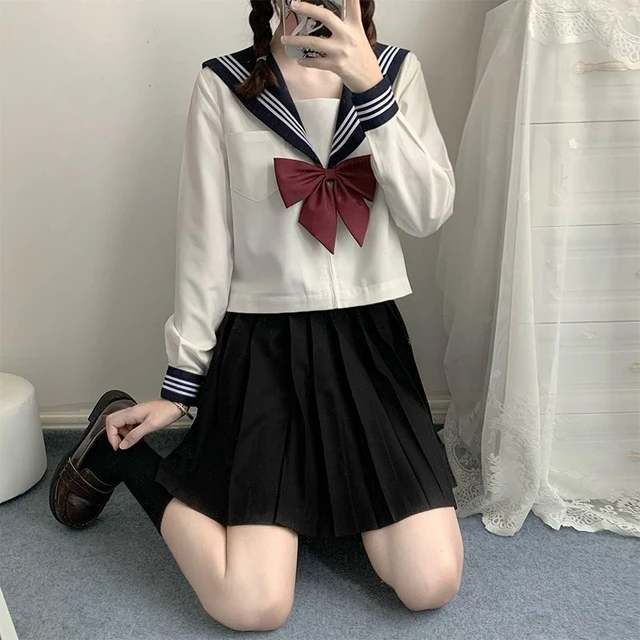 Japanese school uniforms, traditional Chinese clothing, and Korean fashion:
Japanese school uniforms, traditional Chinese clothing, and Korean fashion:
Japanese school uniforms, traditional Chinese clothing, and Korean fashion attire have notable differences in their designs, cultural significance, and influences. Here are some key distinctions between them:
Japanese School Uniforms:
Design: Japanese school uniforms vary, but they often feature a distinct preppy and formal style. This includes sailor-style collars, blazers, pleated skirts, and knee-high socks for girls, while boys typically wear blazers, dress shirts, trousers, and neckties. The uniforms aim to create a sense of discipline, unity, and modesty among students.
Cultural Significance: Japanese school uniforms represent the educational system’s emphasis on discipline, conformity, and sense of belonging. They are seen as a symbol of school pride and identity.
Traditional Chinese Clothing (Hanfu):
Design: Traditional Chinese clothing, known as Hanfu, dates back thousands of years. Hanfu often consists of loose-fitting robes called zhongshan or ruqun. Different styles vary, but Hanfu generally features wide sleeves, flowing skirts, intricate embroidery, and colorful patterns. Hanfu showcases
China’s long-standing cultural heritage.
Cultural Significance: Hanfu holds deep historical and cultural significance in China. It represents traditional values, social status, and ethnic identity. Hanfu is commonly worn during traditional festivals, weddings, and cultural events, promoting a sense of cultural pride and connection to China’s rich history.
Korean Fashion Attire:
Design: Korean fashion is known for its trendy and contemporary styles. It embraces a mix of modern and traditional elements, often incorporating vibrant colors, unique patterns, and asymmetrical designs.
Korean fashion emphasizes youthful and casual aesthetics, blending streetwear with a touch of elegance.
Cultural Significance: Korean fashion represents the country’s growing influence in the global fashion industry. It reflects the dynamic and innovative spirit of modern Korean culture, as well as the desire for self-expression among Korean youth.
While each of these clothing styles represents different cultures and traditions, all have played significant roles in shaping the identities and aesthetics within their respective societies. Japanese school uniforms promote discipline and unity, traditional Chinese clothing celebrates heritage, and Korean fashion showcases contemporary flair and creativity.
To properly care for and maintain Japanese school uniform:
To properly care for and maintain Japanese school uniforms, here are some guidelines for cleaning:
Read the Care Instructions:
Always check the care instructions provided by the uniform manufacturer or the school. The care instructions will specify the recommended cleaning methods and any specific considerations.
Spot Clean as Needed:
Immediately treat any stains or spills by gently blotting the affected area with a clean cloth or sponge. Try to avoid rubbing vigorously, as this may worsen the stain.
Follow Washing Instructions:
Most Japanese school uniforms can be machine washed. Use a mild detergent and set the machine to a gentle or delicate cycle. It is generally recommended to wash uniforms separately from other clothing items to prevent color bleeding or damage.
Hand Washing Option:
If the care instructions allow for it, hand washing is also an option. Fill a basin or sink with lukewarm water and add a small amount of mild detergent. Gently agitate the uniform in the water, focusing on any stained or soiled areas, then rinse thoroughly.
Avoid Harsh Chemicals:
Harsh chemicals such as bleach should be avoided, as they can damage the fabric or cause discoloration. Opt for gentle, fabric-specific stain removers if needed.
Hang to Dry:
After washing, hang the uniform to air dry. Avoid using a dryer, as heat can shrink the fabric or affect the garment’s shape or structure.
Iron with Care:
If necessary, iron the uniform on a low to medium heat setting. Be sure to check the fabric’s ironing instructions to prevent any heat damage. Use a pressing cloth or iron on the reverse side of the fabric to protect any delicate details or embellishments.
Store Properly:
When not in use, hang the uniform in a cool, dry closet or storage area. Avoid placing heavy items on top of the uniform to prevent wrinkles or damage.
By following these maintenance tips, you can keep Japanese school uniforms clean and in good condition for extended use, preserving their appearance and longevity.
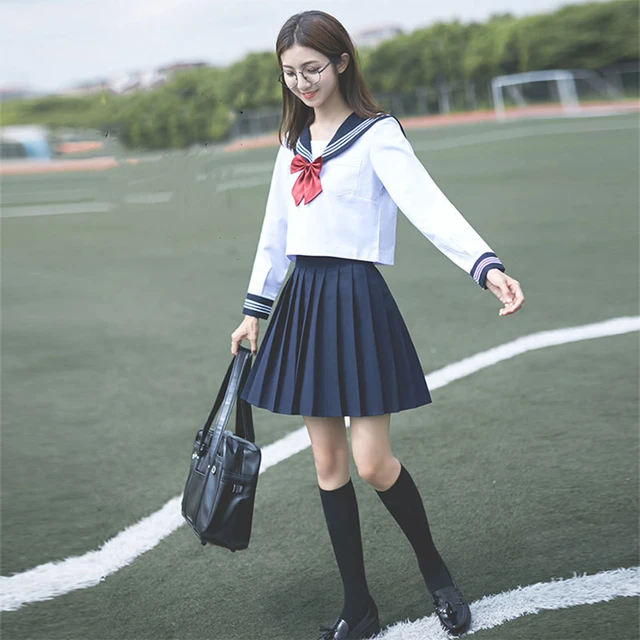 Conclusion:
Conclusion:
Japanese school uniforms possess a rich history, distinctive features, and cultural significance. They represent tradition, discipline, and a sense of identity within Japanese society. Understanding the history, common features, variations in design, cultural significance, and influences on fashion provides insights into the importance and impact of Japanese school uniforms. Embrace the knowledge shared in this comprehensive guide to appreciate the role of Japanese school uniforms in the educational system, cultural heritage, and fashion trends.
